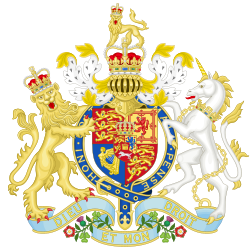| Act of Parliament | |
 | |
| Citation | 7 Geo. 4. c. 29 |
|---|---|
The Assignment and Sub-letting of Land (Ireland) Act 1826, also known as the Landlord and Tenant (Ireland) Act 1826, [1] was an Act of Parliament enacted during that year of the reign of George IV.
It was substantially amended by the Landlord and Tenant Law Amendment (Ireland) Act 1860.